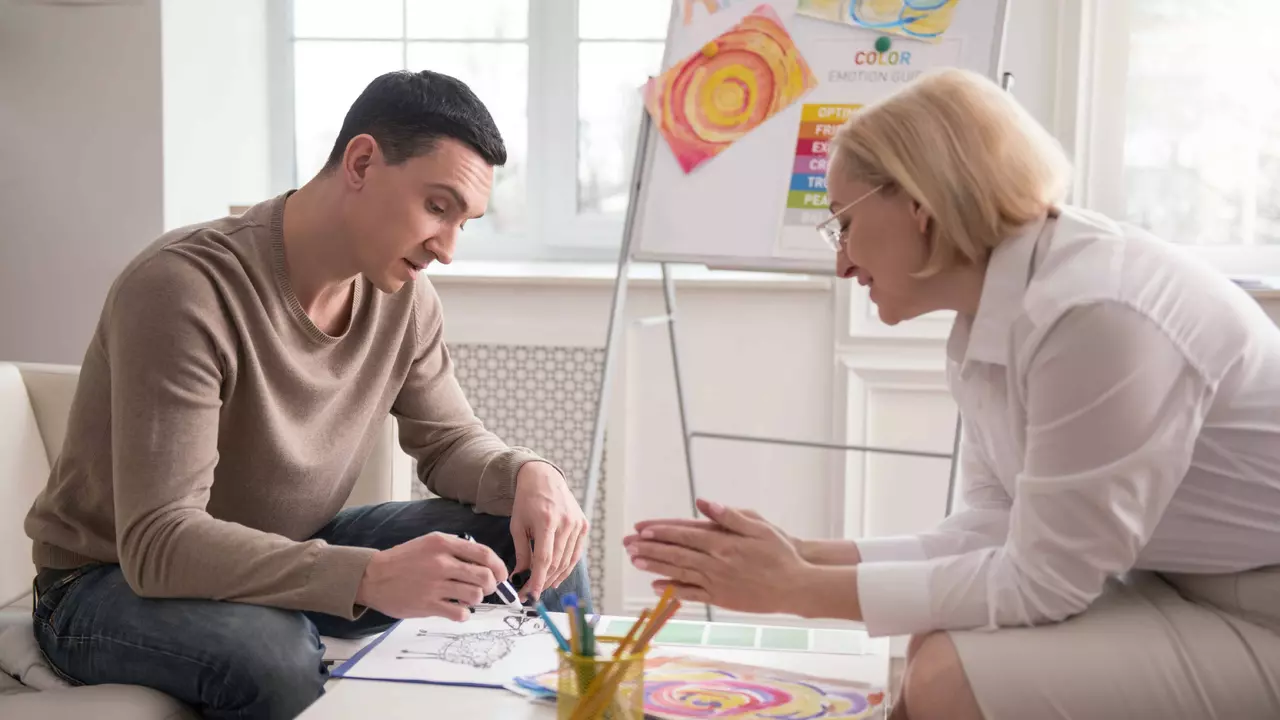Therapeutic Art: Simple Ways to Use Art for Stress Relief and Healing
Therapeutic art is using drawing, painting, collage or clay to feel better, not to make a perfect piece. It helps calm the mind, reduce stress, and give a clear way to express feelings when words are hard. You don’t need formal training or expensive tools - a few basic supplies and 10 minutes matter.
Start small. Set a timer for 10 minutes and pick a simple prompt: draw the weather inside you, paint a safe place, or make a quick collage from magazine pictures. Focus on motion and color, not on the result. If you feel stuck, try closed-eye scribbling for a minute, then turn the scribble into shapes.
Low-cost supplies that work: a sketchbook, a set of cheap watercolors, washable markers, glue stick, scissors, and scrap paper or magazines. For tactile grounding, try air-dry clay or play dough. Keep a small kit in a box so you can grab it when stress hits.
Quick art exercises you can do right now
Try five short practices that work for beginners and busy people. - Breath painting: breathe slowly and move the brush with each inhale and exhale for five minutes. - Color out your mood: choose three colors that match your mood and fill pages with marks using only those colors. - Worry box collage: cut images or words that scare you, glue them into a box-shaped page, then cover parts with bright paper to symbolize control. - Clay squeeze: press and roll clay for two minutes while naming one thing you can control. - Mirror sketch: look at your face in a mirror and sketch for three minutes. Don’t aim for likeness; notice expression and lines.
How to make therapeutic art part of your life
Pick a trigger and a routine. For example, after breakfast, spend ten minutes in your sketchbook. Keep prompts written on sticky notes. Use art as check-in: rate your day with colors (blue calm, red tense, green okay) and date each page. If you’re managing chronic symptoms, try drawing a simple body outline and color areas that hurt; over weeks you’ll spot patterns.
Group art can help. Try a friend or family member: set a shared prompt and compare pages without judging. If emotions get heavy, pause and breathe. Art is a tool, not a replacement for therapy. If you’re dealing with severe anxiety, depression, or pain, combine art with professional care.
A few safety tips: choose non-toxic materials, ventilate when using strong smells, and avoid triggering images if you’re sensitive. If a session brings up difficult memories, stop and call a trusted person or your therapist.
If you’re short on time, use phone photos: make a "daily color" photo and build a visual mood log. Over time, this becomes a simple, private record of how you cope and what helps. Artistic practice is about noticing change and giving yourself a gentle way to respond.
Start today: pick one prompt, set ten minutes, and notice one small shift in how you feel afterward and write it down.

The Benefits of Art Therapy in Alcoholism Treatment
Well, who would've thought that a splash of paint could be the secret weapon against the bottle! Art therapy, my friends, is proving to be a real game changer in the fight against alcoholism. Unleashing the inner Picasso in patients is not only a fantastic way to distract themselves from the clutches of their addiction, but it also helps them express their deepest feelings and fears in a safe and creative space. Talking about emotions can be tougher than a two-dollar steak, but painting them? Now that's a different story! So, folks, if you're battling the bottle, pick up a paintbrush instead, and watch the magic unfold!
Read more